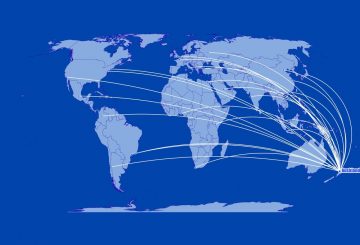뉴질랜드는 유럽연합과 자유무역협정을 맺었다. 이 협약이 완전히 이행된다면 연간 18억 달러의 가치가 있는 것으로 추정된다.
협정 발효 후에는 뉴질랜드산 제품에 부과되는 관세의 91%가 철폐되고 수출업체들은 약 1억 달러의 관세를 절약할 수 있게 된다.
이번 협정은 체결된지 4년이 지났났으며, 협상은 목요일 아침 이른 시간에 마무리되어 마지막 순간까지 논의됐다. 양측 내부 관계자들은 이번 합의가 난관에 봉착한 가운데 정치 지도자들 간의 협상을 통해서만 가능했다고 말했다.
앞으로 유럽 시장에 뉴질랜드 유제품, 육류, 해산물 및 키위 수출이 개방된다.
한편 협상가들은 이번 체결을 “녹색 협정”라고 불렀다. 아직 구체적인 내용은 나오지 않았지만, 파리 기후협약과 정책이 일치하지 않을 경우 한쪽 당사자가 다른 쪽 당사자를 국제중재에 회부하는 매커니즘이 있다.
재신다 아던(Jacinda Adern) 총리는 새로 체결된 협정에 대해 “협약으로 맺어진 유럽의 농산물 시장은 수출업자들에게 가시적인 이익을 가져다 줄 것이다. 이는 수출업체에 대한 비용과 관료주의를 줄여주고 새로운 고부가가치 시장 기회를 열어주며 우리가 더 자유롭게 수출할 수 있는 시장을 다변화함으로써 뉴질랜드 경제적 탄력성을 높여줄 것”이라고 밝혔다.
EU는 2021년 175억 달러 규모의 쌍방향 상품과 서비스 무역을 하는 뉴질랜드의 네 번째 교역 상대국이다.





























































